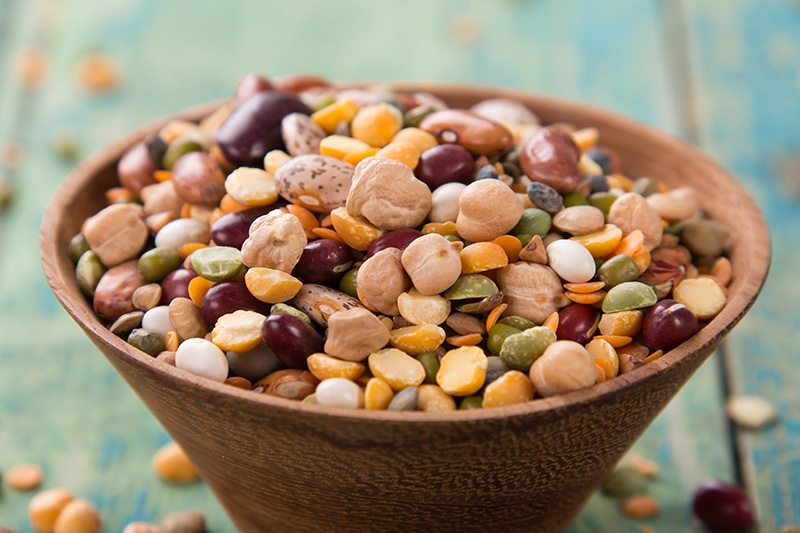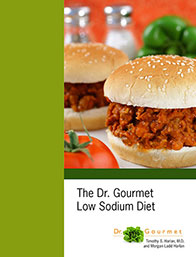It's easy to get answers about health and nutrition! Just send your question by email to [email protected] and Dr. Harlan will respond to selected questions of general interest. Answers will be posted in the Ask Dr. Gourmet newsletter (sign up now!) and archived in the Ask Dr. Gourmet section of the website.
Please note that the Ask Dr. Gourmet feature is restricted to questions regarding food and nutrition. Due to the many questions we receive, not all questions may be answered. For more specific questions about your individual health, please contact your doctor. About Timothy S. Harlan, MD, FACP, CCMS | Terms of Use | Privacy Policy
Ask Dr. Gourmet
Why should I soak dried beans and then discard the soaking water?
Please tell me why the package instructions on dried beans say to soak, rinse, and drain the soaking water?
Dr. Gourmet Says...

Dried beans need to be reconstituted with water, and the easiest method is to soak the beans overnight, then drain and rinse. If you are in a hurry, boil the water and add your beans. Let them boil for two minutes, then remove the pan from the heat and let stand for an hour for smaller beans like split peas. For larger ones it might take a couple of hours. Drain and rinse.
The main reason for draining and rinsing is that after the beans are dried, the packaging will often include bits of dust and dirt (the beans are dried outside). I prefer to drain and rinse my beans through a colander because the grit is more likely to rinse away, through the small holes, while a mesh strainer would trap those particles.
Thanks for writing.
Timothy S. Harlan, MD, FACP, CCMS
Dr. Gourmet

